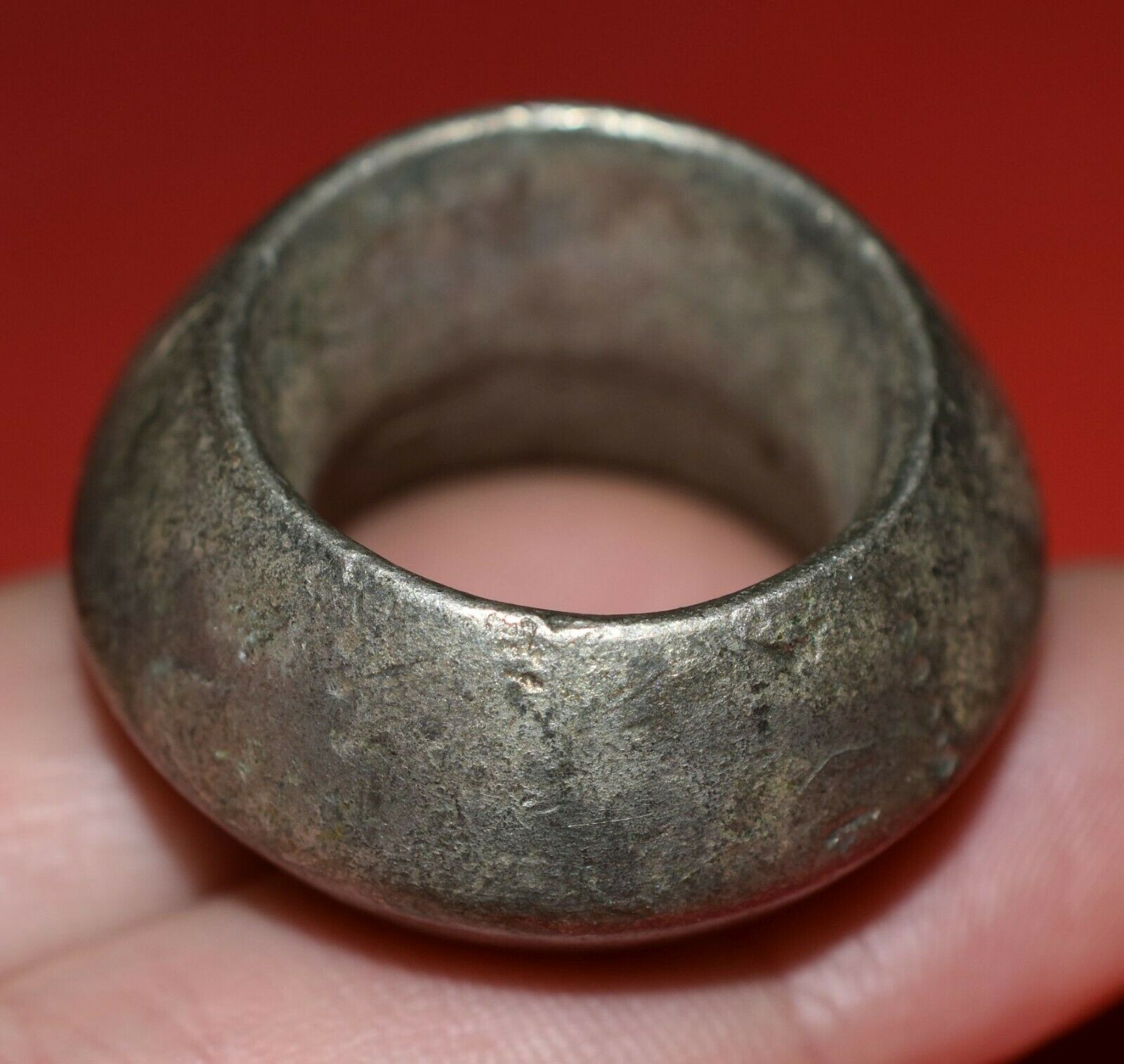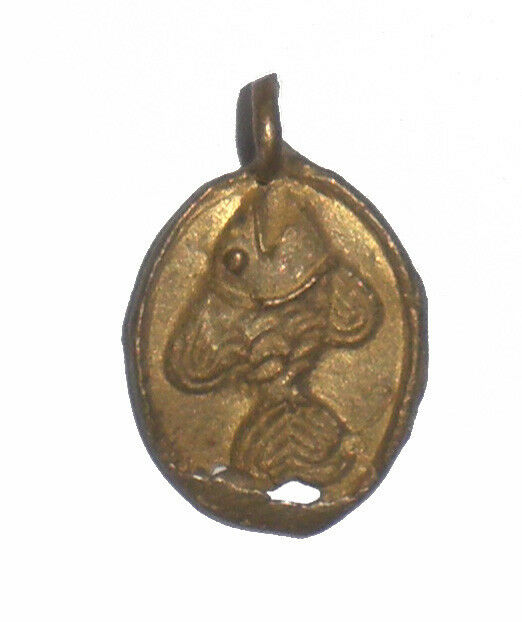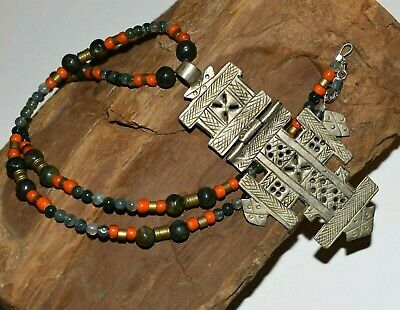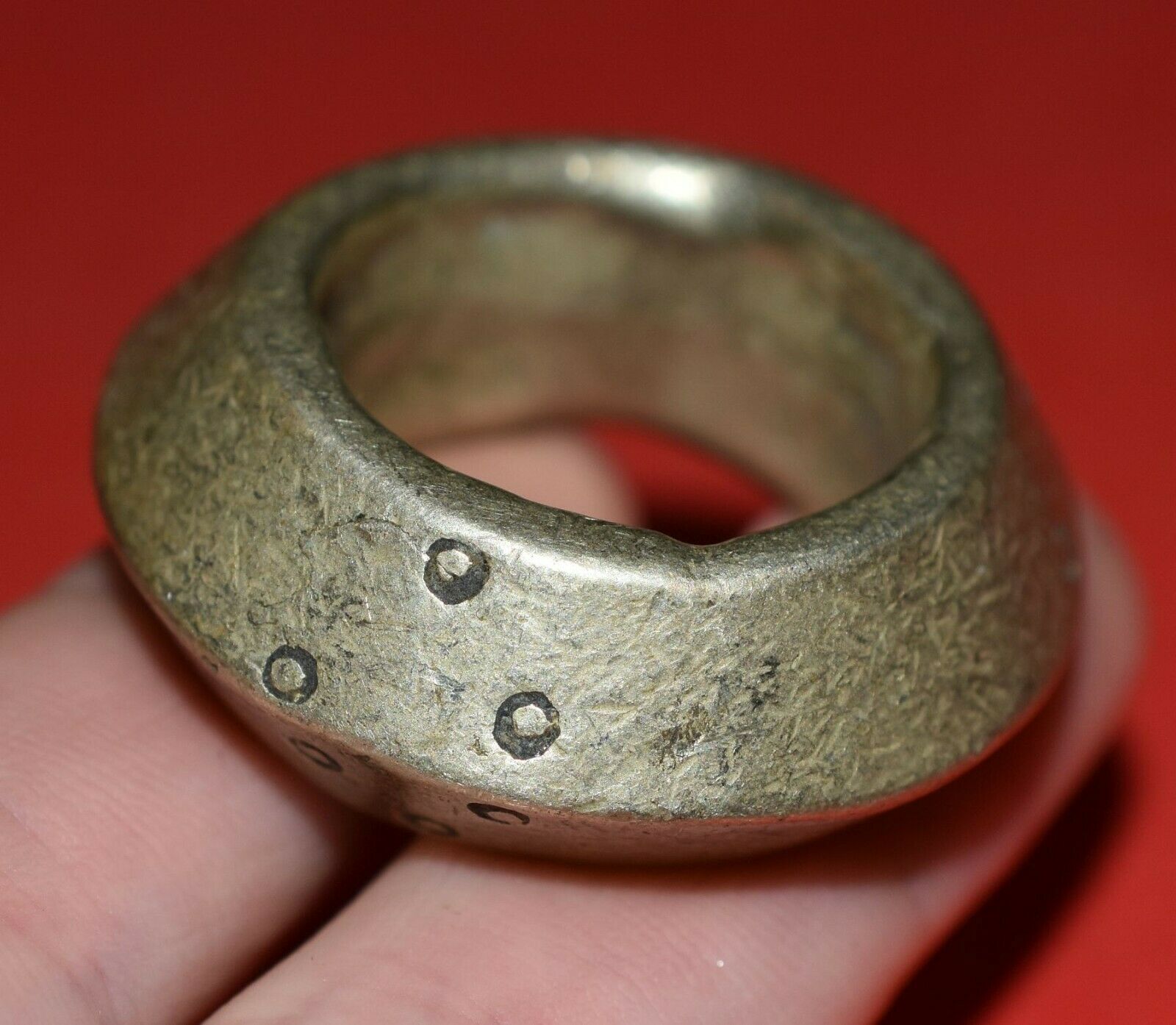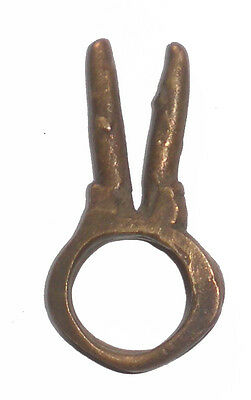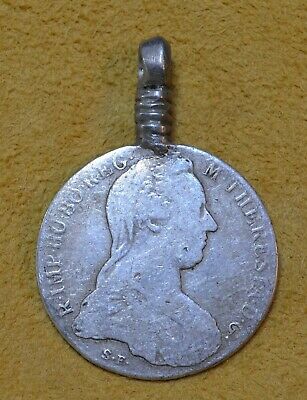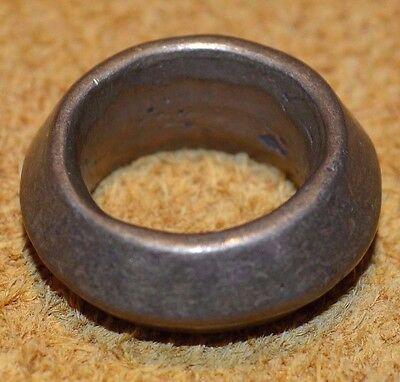-40%
Full Strand Post-Neolithic Ostrich Egg Shell Beads Prehistoric African Artifacts
$ 23.76
- Description
- Size Guide
Description
STRAND OF POST-NEOLITHIC OSTRICH EGG SHELL HEISHI BEADS.These antique beads are a little over 1/2" in diameter 6-7 mm) and about 1/16" thick. The strand is
26
" long with 22" of beads
. These are
not "type" photos
, these are
the actual beads
you will receive.
(I offer 1-day shipping as a matter of course, and often ship the same day payment is received. I figure once you've paid for something you own it, and might as well have it as soon as possible.)
As with all of my artifacts, they are
guaranteed authentic for life!
FREE SHIPPING of this item in the U.S
. Sorry, no international shipping for these.
GUARANTEE
: If you are not satisfied with this item
for any reason
, return it undamaged within 60 days for full refund, less return shipping.
SALES TAX
: Colorado residents will be charged 7.9% sales tax. Other states that require sales tax paid for mail order purchases will be charged the applicable tax for that state.
The field of Sahara Neolithic Artifacts was expanded by the advent of GPS technology available to meteorite hunters in the Sahara Desert. Thousands of years ago North Africa was a temperate environment similar to our own Great Plains. Countless generations of Stone-Age Man lived, hunted, fought and died there, leaving behind their weapons and tools. Today, North Africa consists largely of the Sahara Desert, an inhospitable area almost the size of the United States. Constantly shifting sands and the ability to now safely travel off of established trade routes have expanded this fascinating field of study by making these artifacts available to scholars and collectors around the world.





